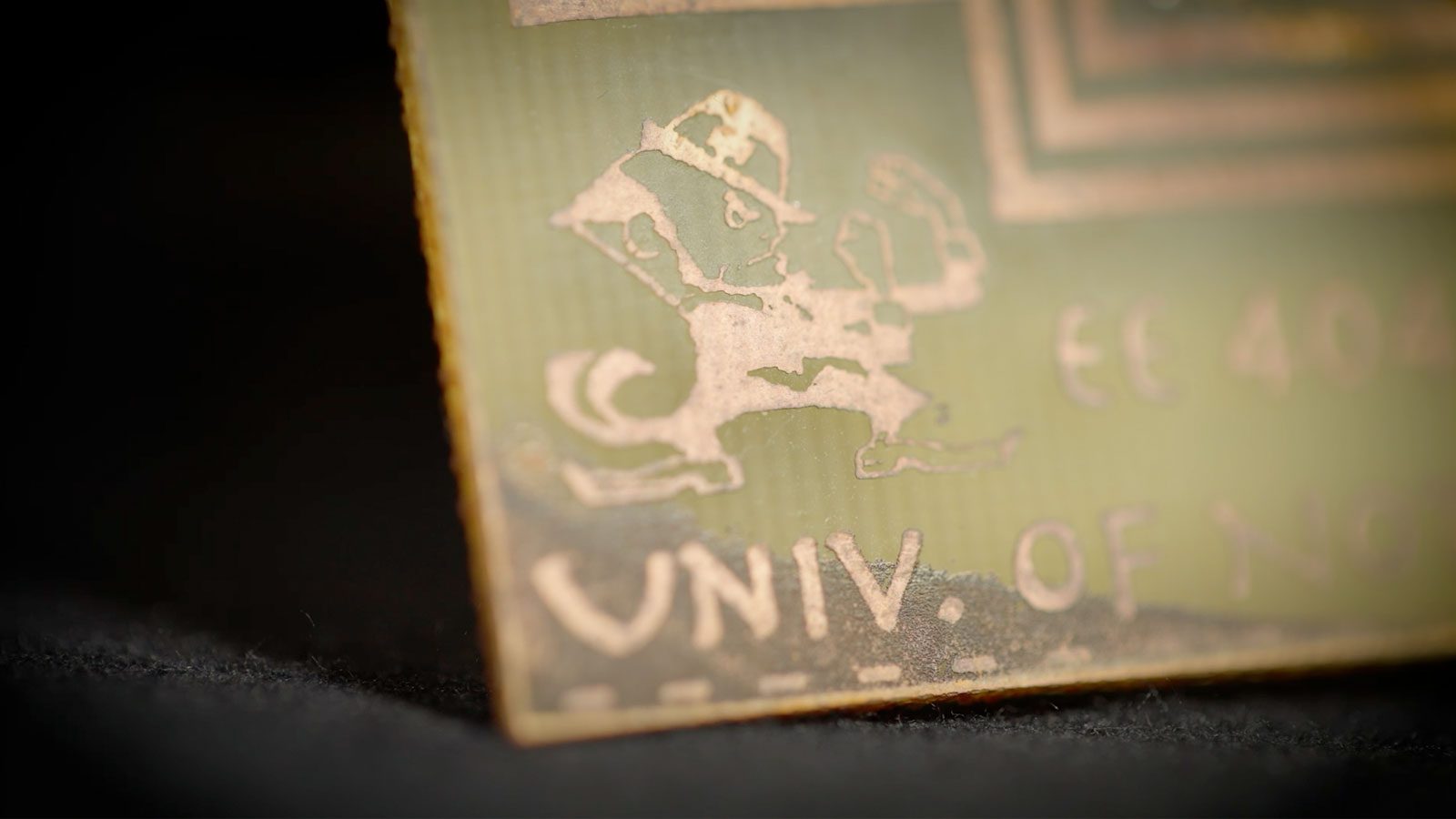Researchers Provide Direct Experimental Evidence of Wigner Molecule Formation
In 1934, Eugene Wigner predicted that, in certain circumstances, a gas of electrons could take on a solid, crystalline phase and form a “lattice,” as long as the concentration of electrons was below a certain critical value. Observing this phenomenon is extremely difficult, due to the fragility of the electrons while in this “Wigner crystal phase.” However, new research has provided direct evidence of the observation of Wigner molecule formation since Wigner’s original hypothesis.
“For the study, our research team used quantum semiconductor nanostructures, also known as artificial atoms, to simulate Wigner’s hypothesis,” said Jim Merz, Frank M. Freimann Professor Emeritus of Electrical Engineering at the University of Notre Dame and co-author of the study. “This allowed us to have more control over the structures and for us to witness the formation of a Wigner crystal.”
Read more here.
October 24, 2018



